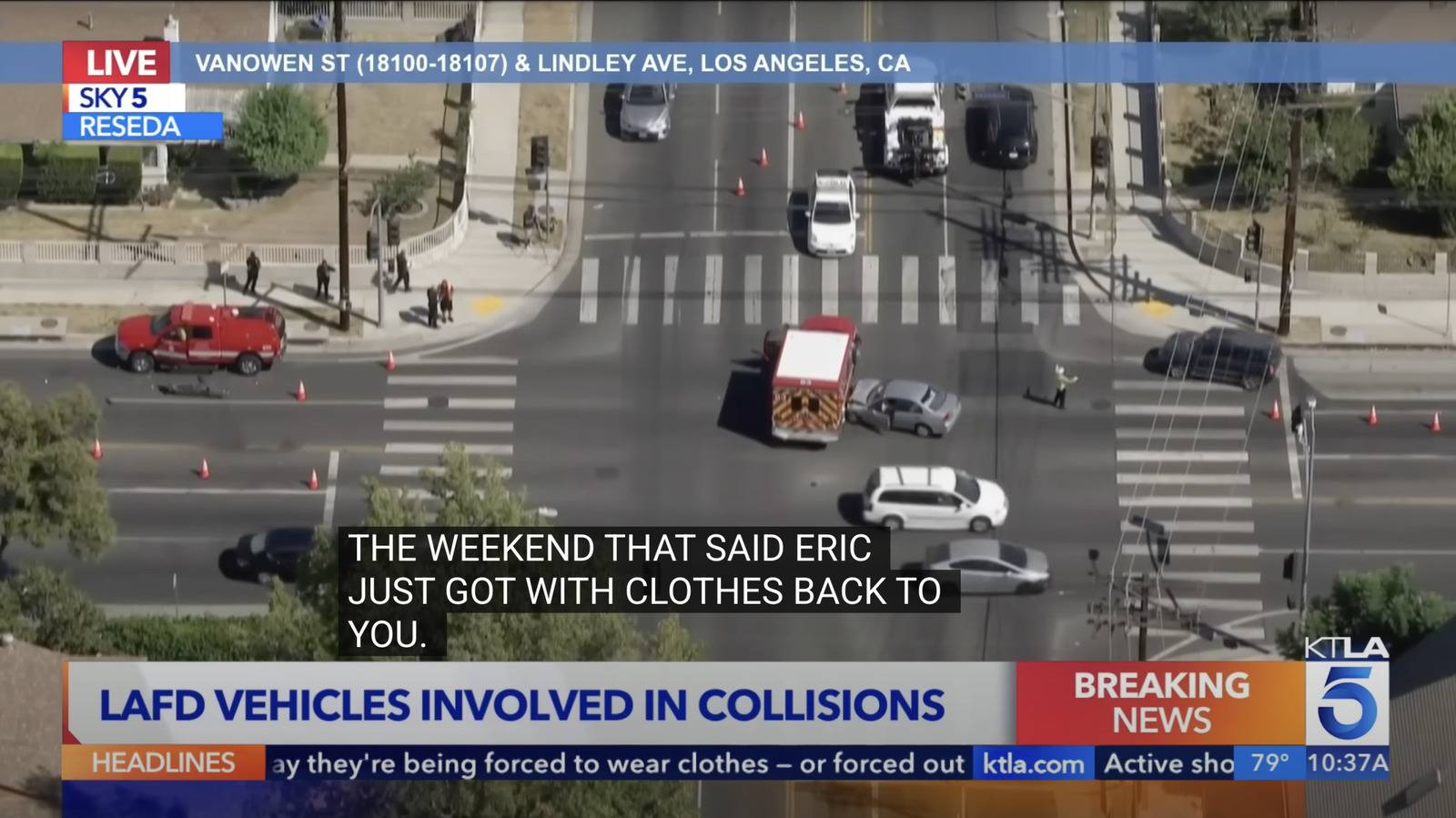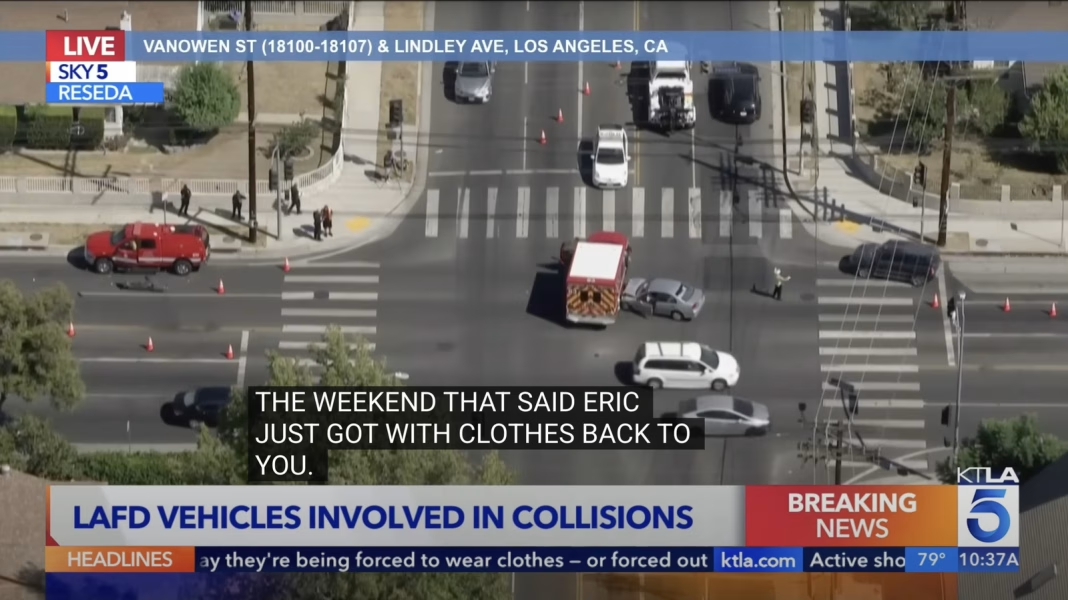Why Are LA Drivers Struggling to Share the Road with First Responders?
If you’ve spent any time driving in Los Angeles, you’ve probably seen it: sirens blaring, lights flashing, and yet, somehow, chaos still erupts. Emergency vehicles—ambulances, fire trucks, police cruisers—are supposed to have a clear path. But lately, it seems like LA drivers are having a tough time making that happen. What’s really going on here?
What’s Behind the Spike in Collisions with Emergency Vehicles?
Let’s be honest—navigating LA’s sprawling streets is already a challenge. Add in the pressure of rush hour, distracted drivers, and the city’s notorious impatience, and you’ve got a recipe for trouble. According to a 2023 report from the National Highway Traffic Safety Administration, urban areas like Los Angeles have seen a 12% uptick in collisions involving emergency vehicles over the past five years. That’s not just a blip. It’s a trend.
Experts point to several culprits. First, distracted driving is at an all-time high. With smartphones glued to hands and eyes, many drivers simply don’t notice sirens until it’s too late. Then there’s the issue of unclear road rules—some folks freeze up, others slam on the brakes, and a few try to outrun the ambulance altogether. The result? Pure chaos.
How Do These Crashes Impact First Responders and the Public?
It’s easy to forget that every crash involving a first responder isn’t just a fender bender—it’s a potential delay in life-saving care. When an ambulance gets hit, that’s precious minutes lost for someone in need. The Los Angeles Fire Department reported that in 2022, nearly 8% of ambulance crashes led to significant delays in patient transport. For heart attacks, strokes, or trauma, those minutes can mean the difference between life and death.
And it’s not just about the patients. First responders themselves are at risk. A study from the University of Southern California found that LA paramedics are twice as likely to be injured in traffic incidents compared to their counterparts in less congested cities. The emotional toll? It’s real. Many report increased stress and burnout, knowing that every call could turn into a dangerous situation before they even reach the scene.
What Can Drivers Do Differently When They Hear Sirens?
Here’s where a little know-how goes a long way. The law is clear: when you hear sirens, pull to the right and stop. Not slow down. Not swerve into the next lane. Just pull over and let the emergency vehicle pass. Yet, a 2023 survey by the California Office of Traffic Safety found that 37% of LA drivers weren’t confident about what to do when approached by an emergency vehicle.
A few practical tips: Stay alert, keep music at a reasonable volume, and don’t block intersections. If you’re stuck in gridlock, inch over as much as possible—sometimes even a few feet can make all the difference. And never, ever try to “outrun” or tailgate an emergency vehicle. It’s not just illegal; it’s downright dangerous.
Are There Real-World Examples of How This Plays Out?
Absolutely. Take the infamous incident on Wilshire Boulevard last year: a car crash led to an ambulance being called, only for the ambulance itself to get hit en route. If that wasn’t enough, the crash investigator who arrived later also got rear-ended. It sounds like slapstick, but the consequences were anything but funny. Three people ended up in the hospital, and the original emergency was delayed by nearly half an hour.
These aren’t isolated events. Local news outlets have reported a steady stream of similar stories, each one a reminder of how quickly things can spiral when drivers aren’t paying attention or don’t know the rules.
What’s Being Done to Address the Problem?
City officials aren’t just sitting on their hands. The Los Angeles Department of Transportation has ramped up public awareness campaigns, rolling out ads and social media posts reminding drivers of their responsibilities. Meanwhile, some neighborhoods are experimenting with new road markings and signage to make it even clearer when and how to yield.
There’s also talk of leveraging technology—think real-time alerts sent to drivers’ phones when emergency vehicles are nearby, or even smart traffic lights that automatically clear a path. While these solutions are promising, experts agree that nothing beats good old-fashioned driver education.
How Can We All Make LA Safer for First Responders?
At the end of the day, it comes down to a mix of awareness, courtesy, and a willingness to put someone else’s emergency above your own hurry. Next time you hear those sirens, remember: it could be your loved one waiting for help. Take a breath, pull over, and let the professionals do their job.
The big takeaway? Safer streets for first responders aren’t about perfection—it’s about smarter adjustments. Start with one change this week, and you’ll likely spot the difference by month’s end.


